Squats, or squats, are one of the most intensive exercises in strength training and specifically train legs and buttocks. Your torso also benefits from the exercise, as it contributes to stabilization. In addition, the muscle building in the legs strengthens your knee joints.
Perfect squat technique: This is how it works
There are countless variants of the squats. The classic in strength sports are the barbell squats. You can find a detailed guide in our video tutorial with personal trainer Nima Mashagh.
The basic position, breathing and movement are the same for all versions. That’s what matters:
- Place the feet so that the toes and knees rotate slightly outwards. The distance between the feet can vary depending on the exercise, between hip narrow and over shoulder width.
- Deliberately stand up straight, tighten your abdominal muscles, pull your shoulder blades backwards and push your chest forward a little. A light hollow cross is completely okay with this exercise.
- Breathe in, build up pressure in the abdomen, hold your breath and start to get down on your knees. Push your bottom back as if you want to sit on the edge of a chair.
- Just come down until your heels still stick to the floor. The deeper the squat, the more intense and effective.
- When you arrive at the bottom, hold it briefly and straighten it again in a controlled manner, pressing it off the entire foot and breathing it out of the mouth.
Tip for beginners: If you find it difficult to leave the heels on the ground, put a weight plate or a board under the heels.
Tilting the upper body slightly forward is fine – some athletes even tilt the torso up to 45 degrees. However, never fall into the round backs. It is best to let yourself be controlled by a training partner or check your movement sequence in the mirror.
Varied squat variants with and without equipment
You can modify squats to give your muscles new stimuli – essential for muscle building – and bring variety to your training.
Bodyweight Squats
| Trained: | Thigh, buttocks, trunk |
|---|---|
| Beacchte: | Even without weights consciously controlled and work without momentum |
Squat Jumps
| Trained: | Thighs, buttocks, trunk, jumping power |
|---|---|
| Note: | Land softly on the entire foot, consciously erect when jumping |
Squat Push
| Trained: | Lateral thighs, buttocks |
|---|---|
| Note: | Hips remain straight, pelvic skeys point forward |
Without equipment: The Resistance Band provides additional resistance and intensifies the exercise. But you can also run them without a fitness band. Pay attention to a controlled and slow execution without momentum.
Squat Walk
| Trained: | Lateral thighs, buttocks |
|---|---|
| Note: | Stay deep in the squat, upper body remains upright |
Without equipment: You can also do the exercise without a resistance band. Even without resistance, make sure that you perform the movement slowly and in a controlled manner.
Squat Flow
| Trained: | Thigh, buttocks, trunk |
|---|---|
| Note: | Full foot eret, belly is firm, upper body remains upright |
Advanced Squat Flow
| Trained: | Thighs, buttocks, trunk, jumping power |
|---|---|
| Note: | Belly is firm, get the strength from the middle when jumping, jumping on the full foot and pressing |
Sumo Squat Stretch
| Trained: | Mobility, thighs, buttocks |
|---|---|
| Note: | Legs completely stretched, head remains in extension of the spine |
